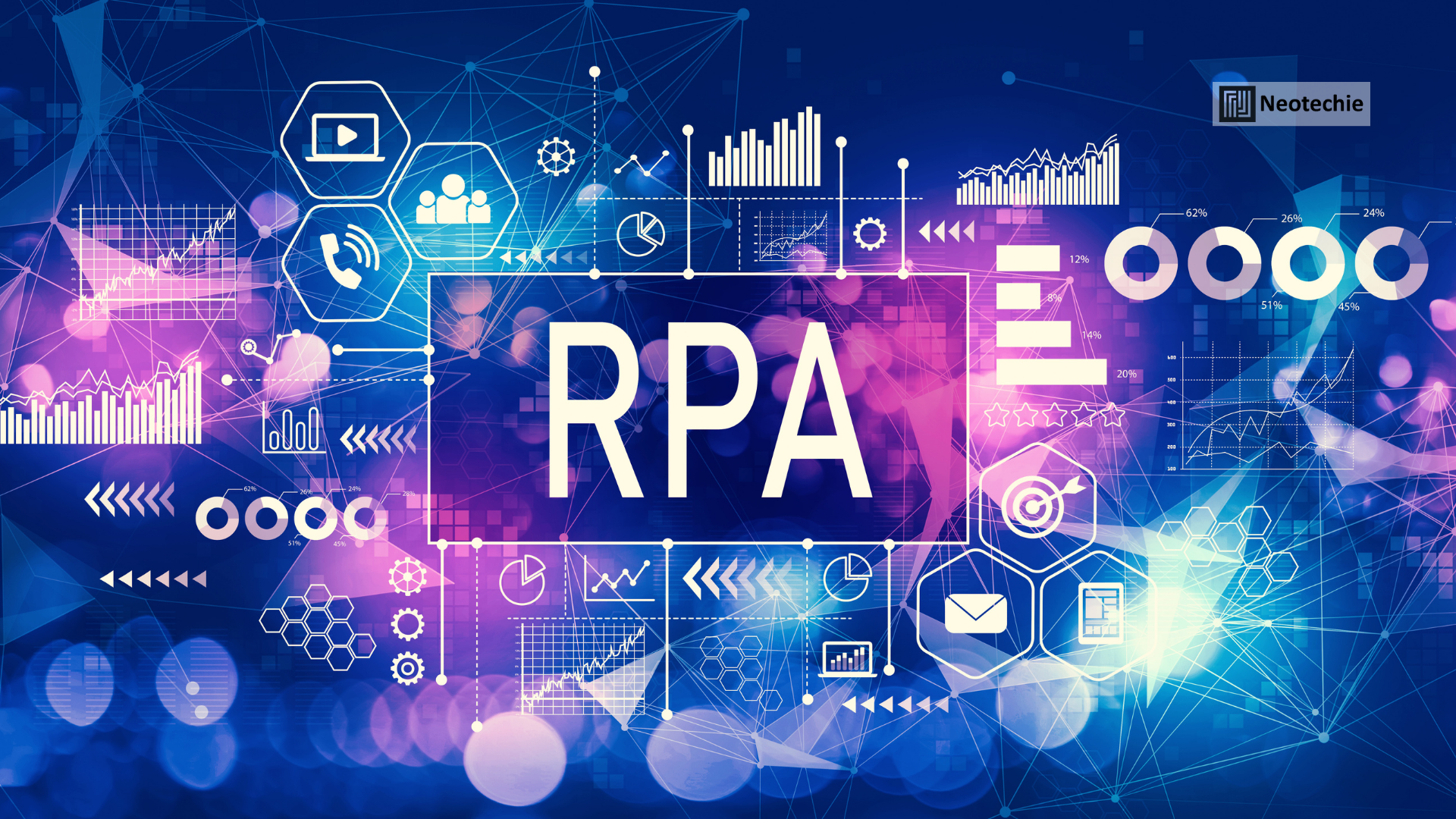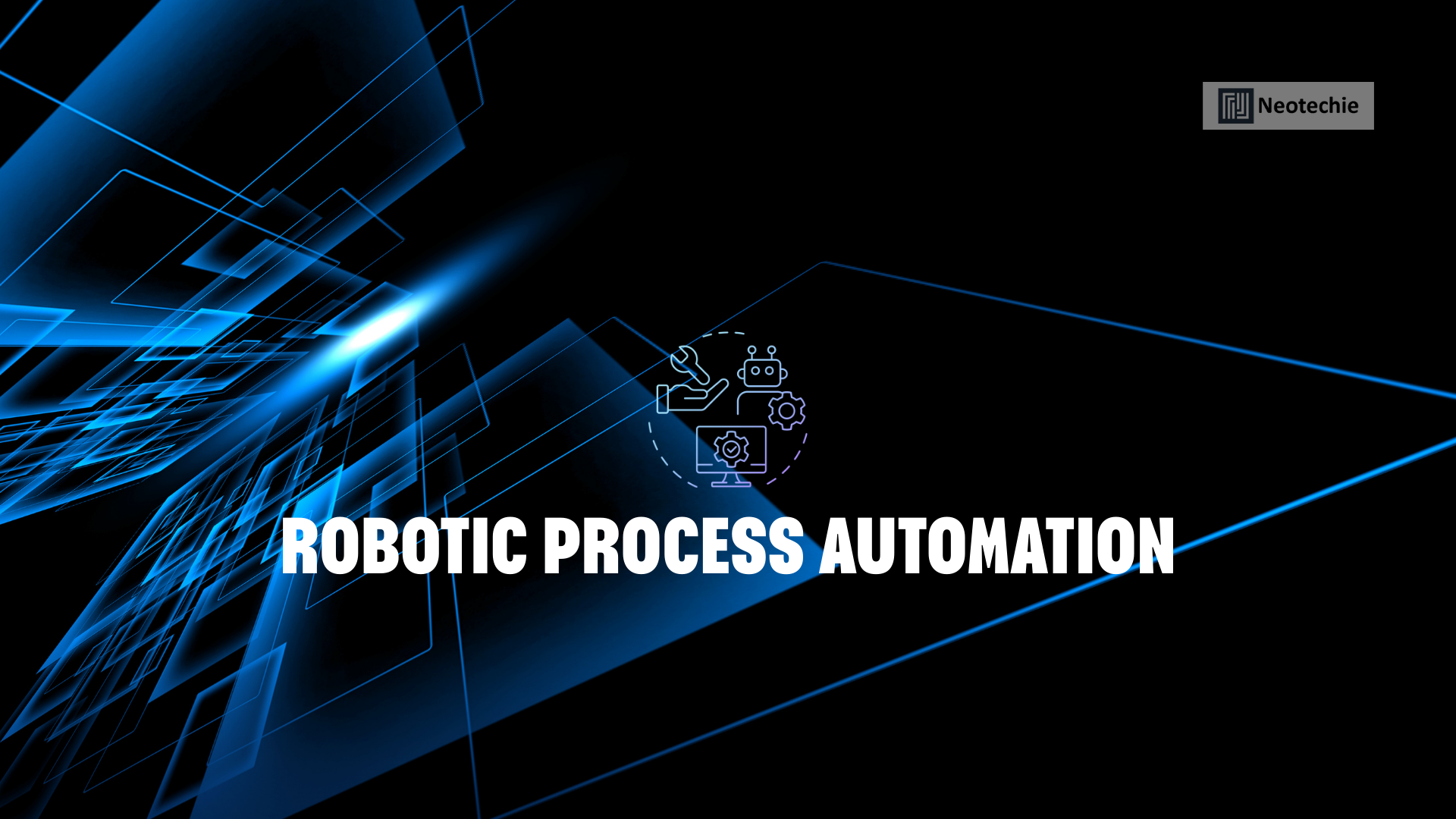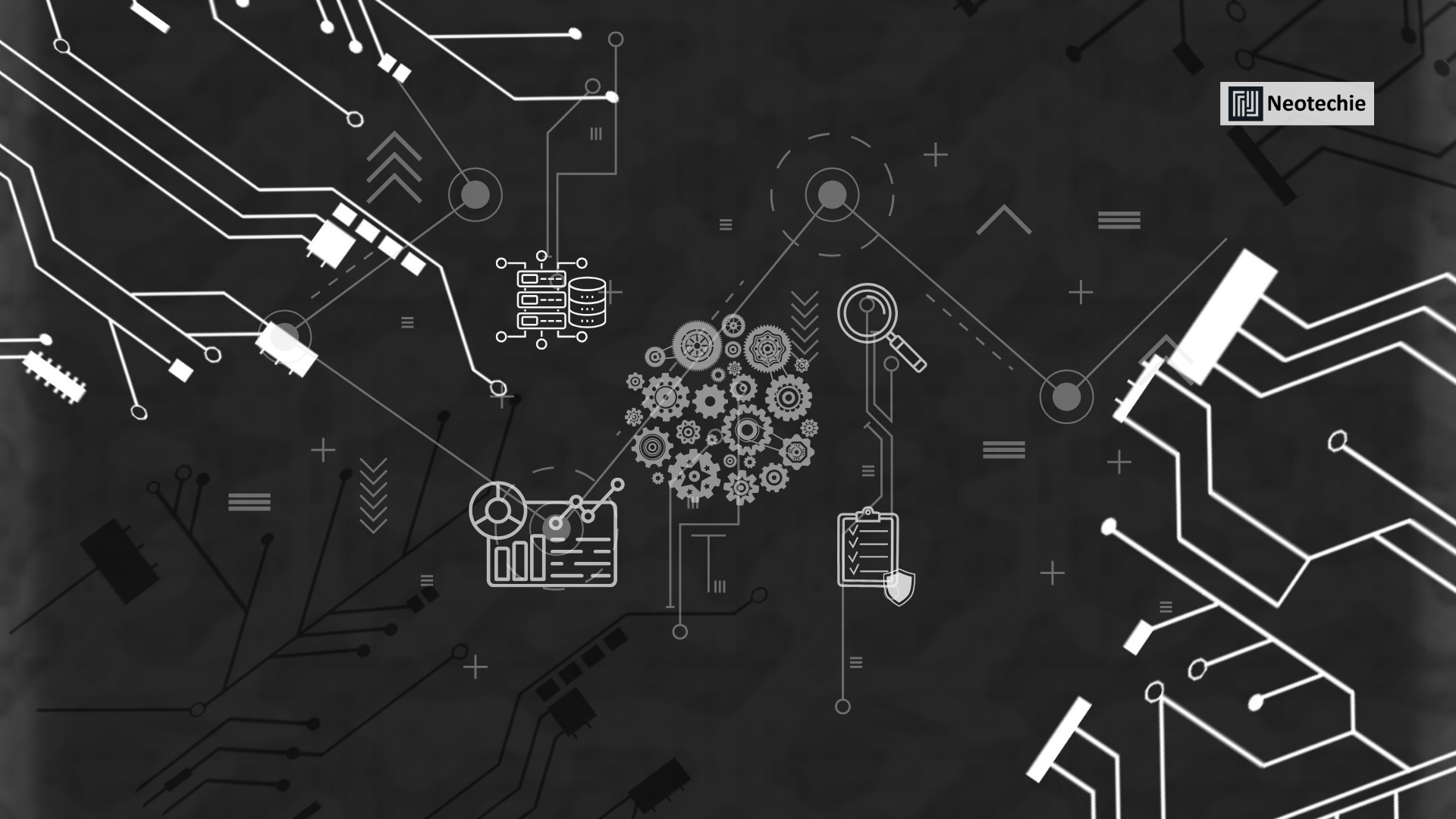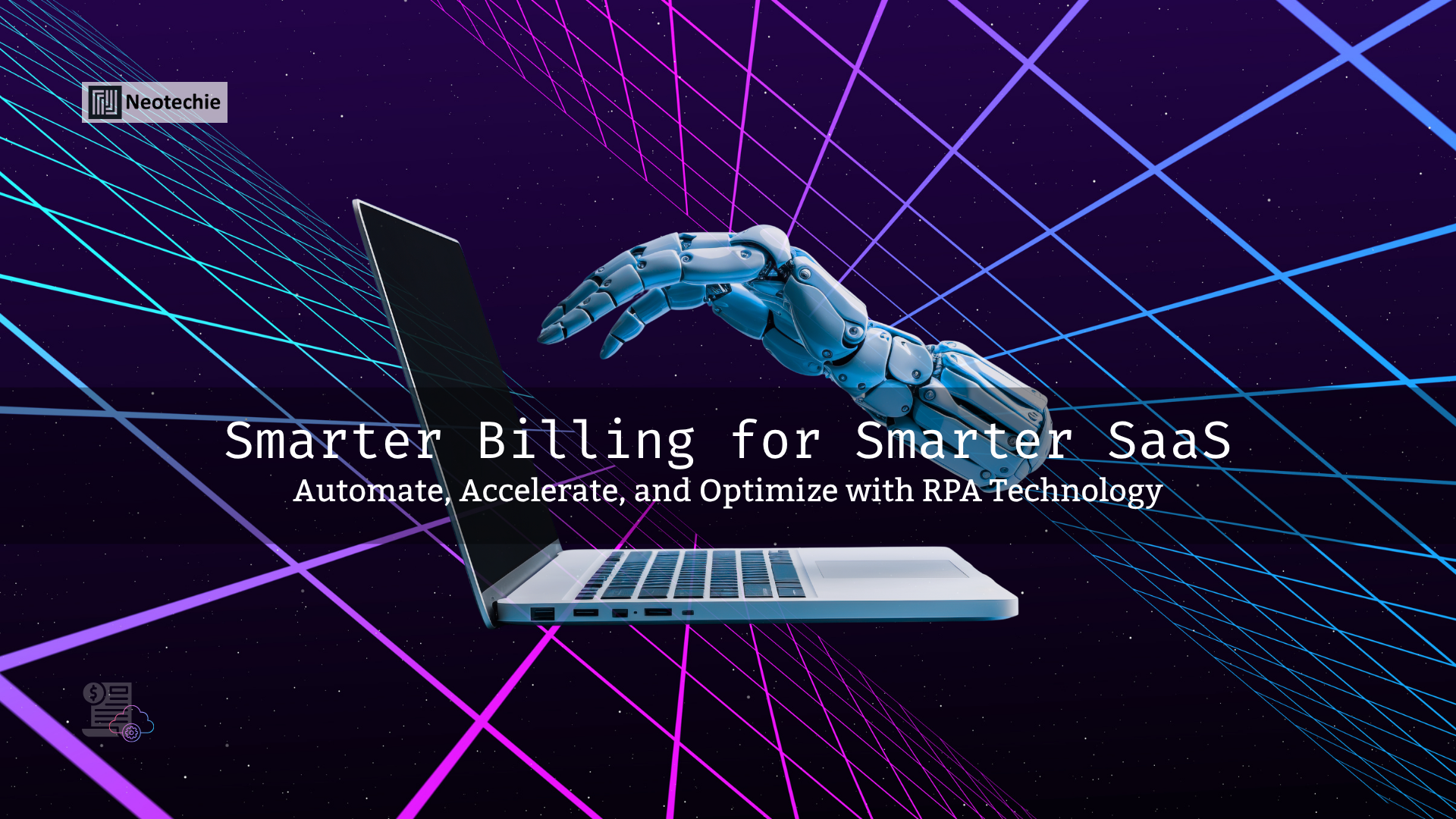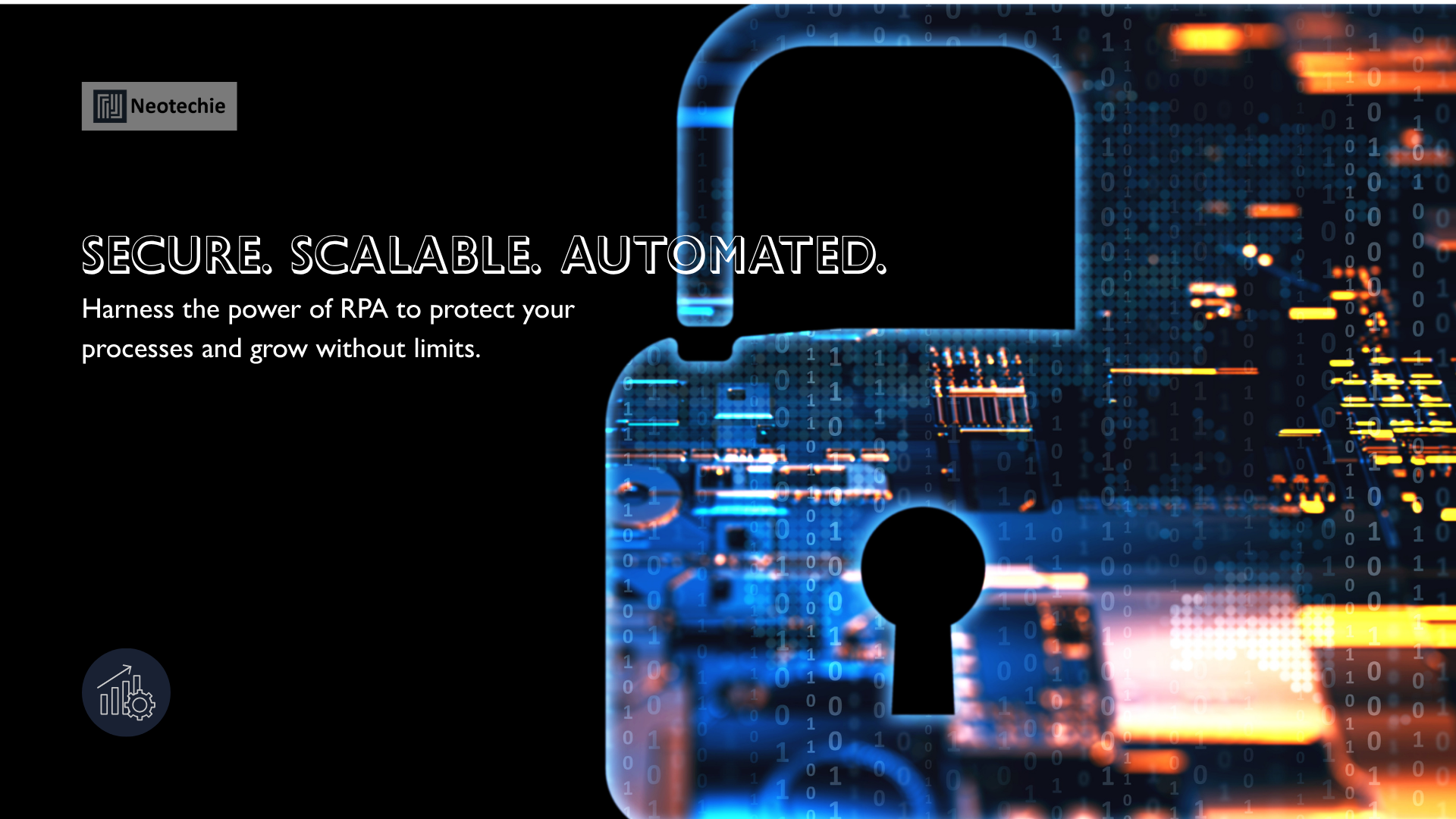The Challenge: Manual Account Reconciliation
Account reconciliation is a fundamental process in finance that ensures the accuracy and integrity of financial data. Whether it’s reconciling bank accounts, ledger balances, or financial statements, this task is critical to maintaining a trustworthy financial system. However, the traditional reconciliation process is often time-consuming, labor-intensive, and prone to errors.
Typically, finance teams must manually sift through thousands—even millions—of transactions, comparing internal records against external statements like bank feeds or supplier invoices. This manual effort is not only monotonous but also susceptible to human error. Small discrepancies can slip through unnoticed, resulting in inaccurate financial reports, compliance risks, and delayed decision-making.
Moreover, as companies grow and transaction volumes increase, the reconciliation burden scales dramatically. Finance teams find themselves overwhelmed by routine, repetitive tasks, which diverts their focus from higher-value activities like financial analysis, forecasting, and strategic planning.
The RPA Solution: Automating the Reconciliation Workflow
Robotic Process Automation (RPA) presents a transformative opportunity to revolutionize how reconciliation is performed. RPA uses software robots—or “bots”—to emulate human actions in interacting with digital systems, extracting data, comparing records, and executing defined workflows without manual intervention.
Automated, Real-Time Reconciliation
One of the biggest advantages RPA offers is real-time data handling and automatic matching of transactions. RPA bots can instantly fetch data from multiple sources such as bank feeds, ERP systems, and accounting software. They then cross-verify these records, matching transactions based on predefined criteria like date, amount, and reference numbers.
This automation eliminates the need for tedious manual data entry and comparison. What once took hours or days can now be completed in minutes, with bots running 24/7 to process data continuously. The finance team can receive up-to-date reconciliation reports anytime, enabling quicker close cycles and more timely insights.
Intelligent Discrepancy Detection and Exception Handling
While most transactions match perfectly, discrepancies inevitably occur due to timing differences, data entry mistakes, or missing information. RPA excels at identifying these mismatches automatically. When an inconsistency arises, bots flag the transaction and route it for human review.
This targeted exception management means finance professionals no longer need to comb through entire datasets searching for errors. Instead, they can focus their attention on resolving specific issues that require judgment or additional investigation. This not only speeds up problem resolution but also reduces stress and cognitive load on teams.
Enhanced Accuracy, Compliance, and Audit Readiness
By automating data matching and reconciliation steps, RPA minimizes manual errors that can cause misstatements in financial reports. This consistent and repeatable process strengthens data accuracy and reliability, critical for internal controls and compliance with regulatory requirements like Sarbanes-Oxley (SOX) or IFRS.
Additionally, RPA tools can generate detailed audit trails documenting each automated action, including data sources accessed, matching criteria applied, and exceptions raised. These records support transparent audits and build stakeholder confidence in the integrity of financial statements.
Business Impact: Empowering Finance Teams for Strategic Value
RPA’s automation of account reconciliation delivers significant business benefits:
- Time Savings: Automating routine tasks drastically reduces reconciliation time from days to hours or minutes, enabling faster financial closes and reporting cycles.
- Cost Efficiency: With bots handling high-volume, repetitive work, organizations can optimize headcount or redeploy staff to strategic finance initiatives.
- Improved Accuracy: Automation ensures consistent data handling, reducing costly errors and rework.
- Enhanced Compliance: Built-in audit logs and standardized processes strengthen control environments and regulatory adherence.
- Increased Employee Satisfaction: Removing mundane tasks allows finance professionals to engage in higher-value, intellectually stimulating work.
- Scalability: RPA easily scales with growing transaction volumes without a corresponding increase in manual effort.
Real-World Example: RPA in Action for a Global Corporation
Consider a multinational corporation processing thousands of bank transactions daily across multiple subsidiaries and currencies. Before RPA, the finance team spent weeks reconciling accounts, often working overtime to meet monthly close deadlines. Errors from manual data entry occasionally led to inaccurate financial statements, triggering costly restatements.
By deploying RPA bots, the company automated transaction matching across bank feeds and internal ledgers. The bots run continuously, flagging exceptions instantly for review. As a result, the monthly close cycle shrank from 15 days to 5 days, error rates dropped significantly, and the finance team shifted focus from firefighting to strategic analysis.
Conclusion: Transforming Reconciliation with RPA
Robotic Process Automation is revolutionizing financial reconciliation by minimizing the time, effort, and errors traditionally associated with this critical process. Through automated transaction matching, intelligent discrepancy detection, and enhanced accuracy, RPA empowers finance teams to operate more efficiently and strategically.
As organizations embrace RPA-driven reconciliation, they unlock faster financial closes, improved compliance, and greater business agility. This enables finance professionals to move beyond routine tasks and become true strategic partners driving organizational growth and success.



